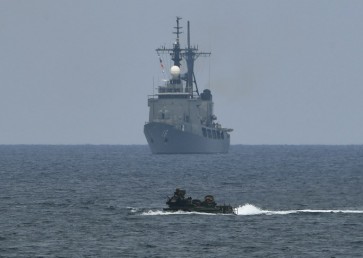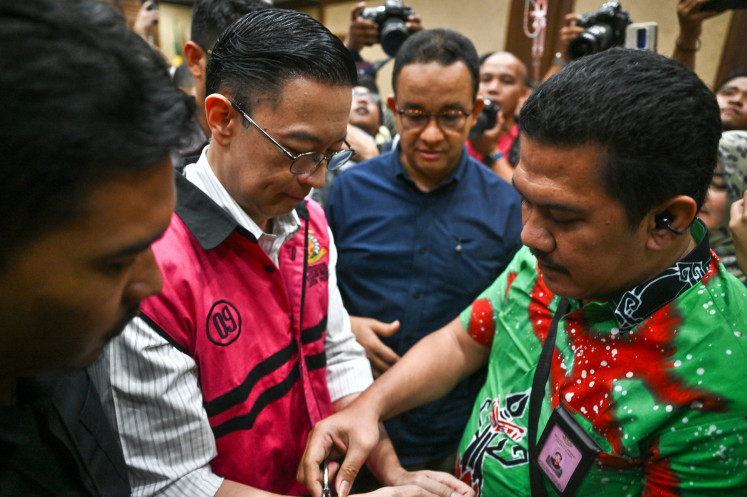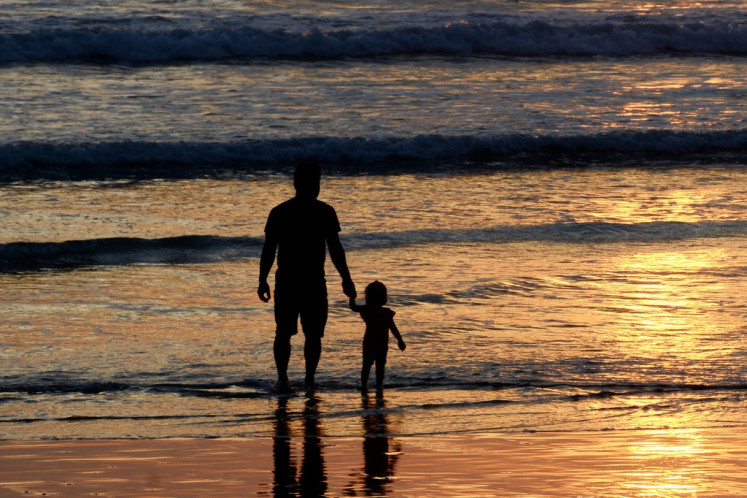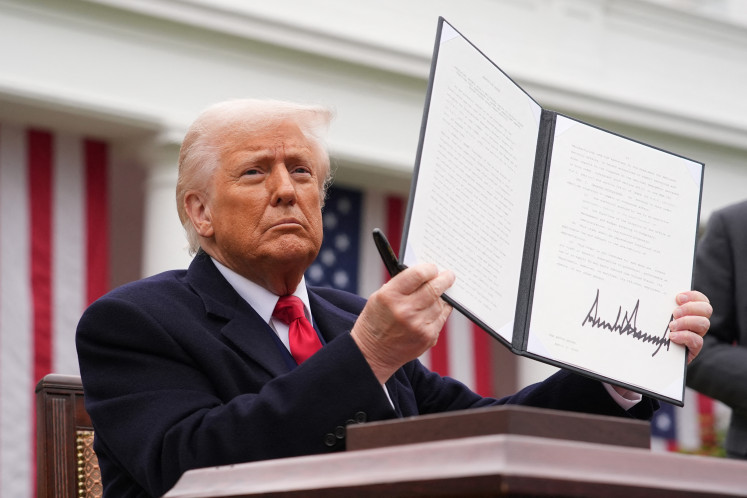Popular Reads
Top Results
Can't find what you're looking for?
View all search resultsPopular Reads
Top Results
Can't find what you're looking for?
View all search resultsWeekly 5: The presidential palaces of Greater Jakarta
Jakarta and its environs host several buildings that have borne silent witness to the nation’s journey toward democracy
Change text size
Gift Premium Articles
to Anyone
J
akarta and its environs host several buildings that have borne silent witness to the nation’s journey toward democracy. The buildings, many of which were built when Indonesia was under the colonial yoke of the Dutch, have been transformed into places where the nation’s chief executives have lived, worked or simply taken a respite from the rigors of office. Below are the stories of five such buildings.
State Palace
The State Palace, or Istana Negara, has been an office or a residence, sometimes both, for the nation’s heads of state and for those who led the Dutch and Japanese colonial occupations of Indonesia.
The Istana, which evinces classical Greek architecture, was built in 1796 as a private residence for a Dutchman before it was bought by the Dutch government in 1816 as the center for its colonial administration and a residence for its governors general in Batavia, as Jakarta was then named. In the 19th century, the Istana was called the Hotel van den Gourverneur-Generaal.
Many moments of great historical import have occurred at the Istana in the interim, including the signing of Linggarjati Agreement, where the Dutch recognized the sovereignty of the Republic of Indonesia, a precursor to the contemporary Indonesian state, over Java, Sumatra and Madura, on March 25, 1947.
Merdeka Palace
People may be more familiar with the Merdeka Palace than the State Palace, as it is the center of attention on Independence Day, when representatives from throughout the archipelago join a national flag-raising ceremony.
Overlooking the National Monument (Monas), it is the official residence of the president and also a place where guests are received for state ceremonies.
Of the nation’s presidents, only Sukarno, Abdurrahman “Gus Dur” Wahid and Susilo Bambang Yudho-yono have lived in the palace.
Built in 1873 and based on design by the Dutch architect Drossares, the Istana Merdeka was known as Gambir Palace until 1949, when the Dutch signed an agreement to recognize the sovereignty of the United States of Indonesia, another precursor state.
The building then took the name of Istana Merdeka, after the Indonesian word for independence, which was shouted by those on hand as the agreement was signed.
Bogor Palace
Unlike the nation’s other presidential palaces, the Bogor Palace is more like a resort that is home to various kinds of artwork and vast and shady gardens that contain hundreds of deer.
Cool weather was the reason that Dutch governor general GW Baron van Imhoff built his residence, then called Buitenzorg, far from Batavia in 1744.
The building that would become the Istana Bogor was handed over to Indonesia after the Dutch recognized Indonesian independence in 1949, and the palace was open to public until 1968.
The palace is home to 448 paintings, 216 statues, 196 pieces of ceramics as well as more than 3,000 books.
Cipanas Palace
As the US president has Camp David and the British prime minister has Chequers as their country residences, Indonesia has Cipanas Palace.
Located at the foot of Mount Gede in West Java, the palace offers the president, vice president and their families tranquility and clean air.
Cipanas is taken from a Sundanese word, ci, which means water; and an Indonesian word panas, which means hot.
The area is called Cipanas due to the nearby sulfur hot springs. There is even a hot spring bath in the
palace’s compound.
Although it is rarely used, the palace , which was also built also by Imhoff, is still in a very good condition.
Only 7,760 square meters of the total 26-hectare area is used for the building. The rest is preserved as a\small forest, full of various kinds of plants, flowers and vegetables.
Bina Graha
The Bina Graha was built during the Soeharto era, and was initiated by Ibnu Sutowo, the founder of state oil and gas company Pertamina.
The building was used by Soeharto, BJ Habibie and Gus Dur as their working office, while the State Palace and Merdeka Palace were used only for certain events or ceremonies.
During the Megawati Soekar-noputri era, the Bina Graha became a museum that displayed around 2,000 paintings by Indonesian masters such as Affandi, Dullah and Sudjojono.
The building, located on Jl. Veteran No. 17 in Central Jakarta, is currently used as the office of Presidential Secretariat. — JP










